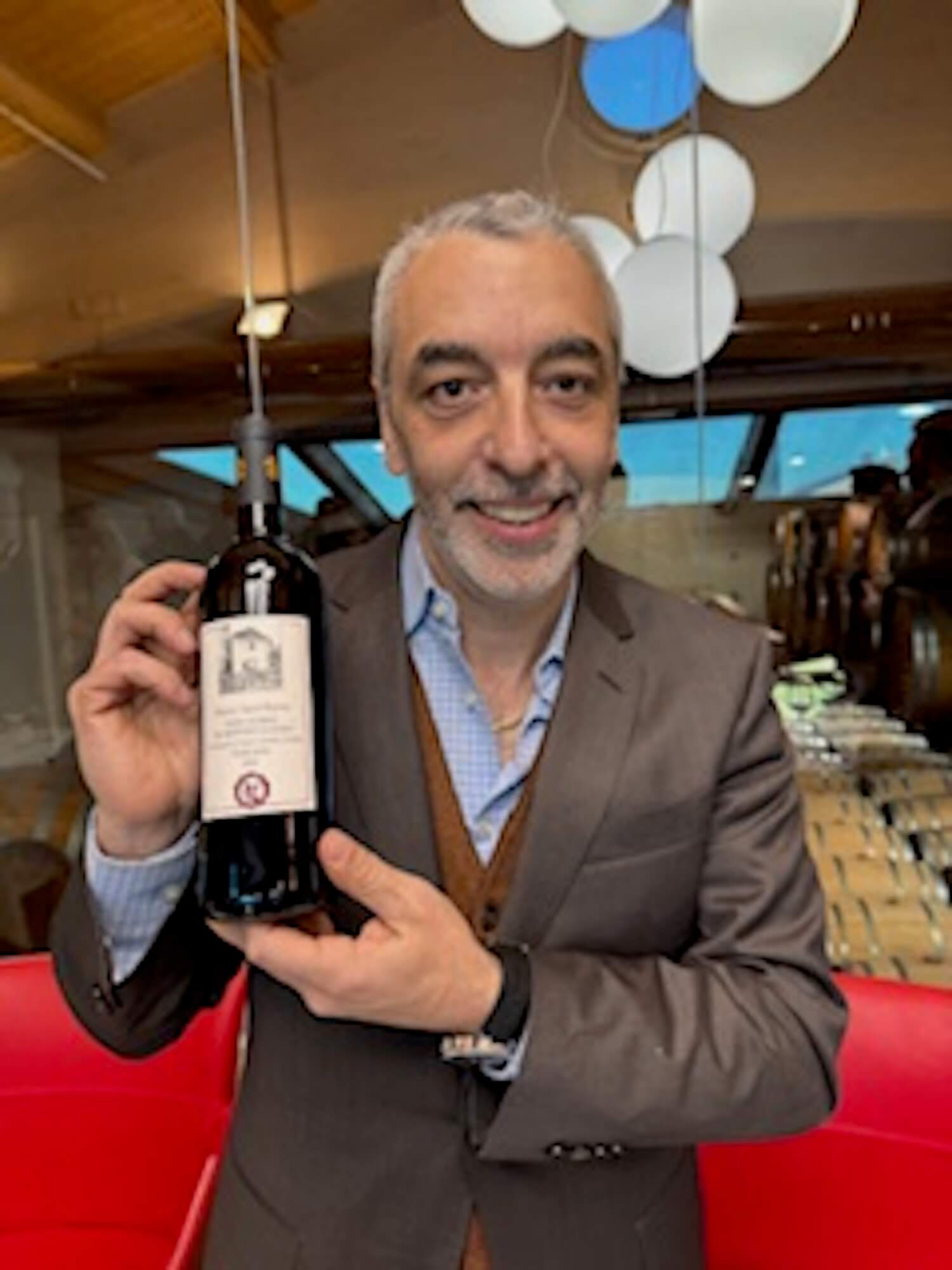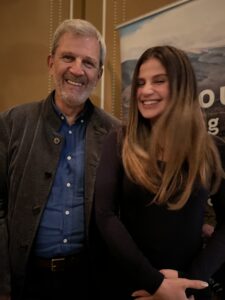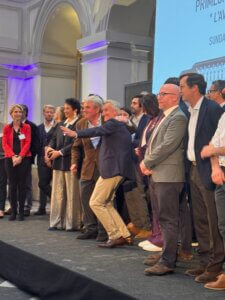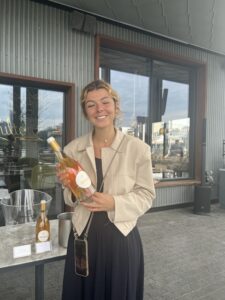Vino Nobile di Montepulciano
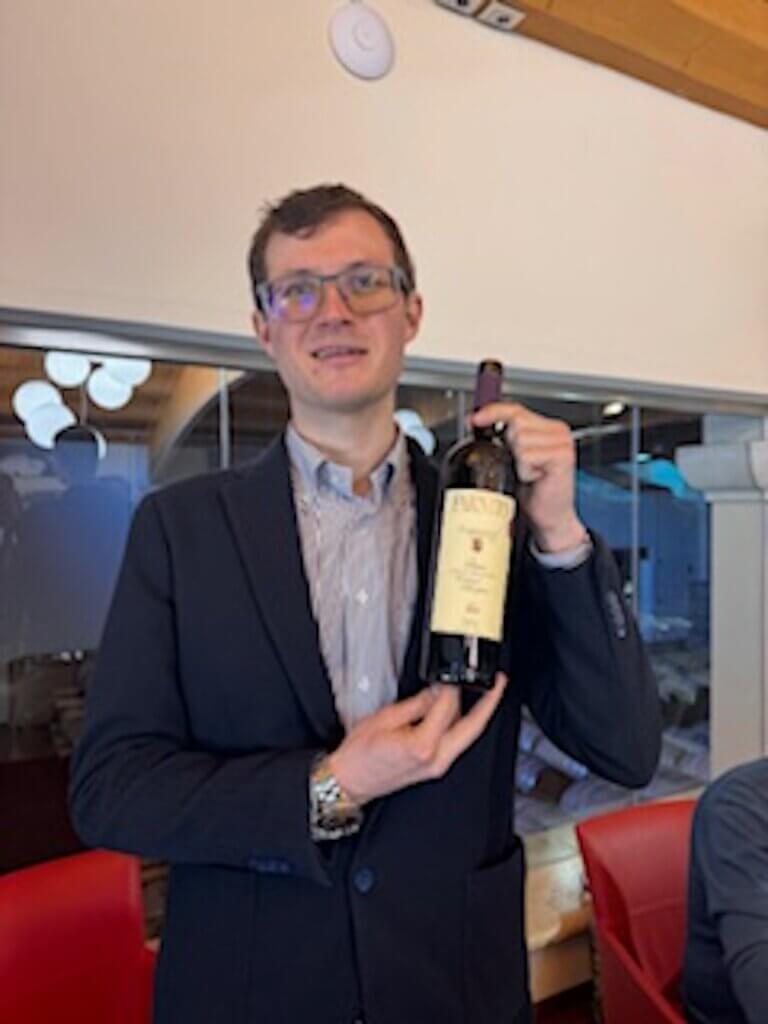
Montepulciano—one of Tuscany’s most renowned wine regions—is a place where history, tradition, and innovation meet. My recent visit to this breathtaking hilltop town provided an intimate look into the world of Vino Nobile di Montepulciano, its passionate producers, and the evolving landscape of this prestigious wine appellation.
This experience, curated as part of an eight-day deep dive into Montepulciano’s wines and culture, brought together journalists, sommeliers, and wine experts to explore the evolution of Vino Nobile di Montepulciano through carefully structured tastings, winery visits, and discussions with winemakers.
A Warm Welcome – Dinner at the Fortress
After arriving in Montepulciano, our group gathered for the first official dinner—a spectacular introduction to the region’s wine culture. The evening was hosted inside the historic fortress, an elegant yet atmospheric setting that transported us back in time.
Producers from the Vino Nobile di Montepulciano Consortium were present, pouring their wines and sharing their stories. Throughout dinner, we were guided by a team of Italian sommeliers who expertly introduced us to the different expressions of Vino Nobile di Montepulciano, ensuring that each pairing complemented the exquisitely prepared dishes.
One of the most memorable aspects of the first night was meeting Anton R. Zaccheo, son of the owners of Carpineto Winery. Anton is studying winemaking at Geisenheim University in Germany and is preparing to join the family business. Our conversation revolved around his passion for wine, his family’s innovative approach, and how he hopes to bring a fresh perspective to their already esteemed winery.
It was the perfect start to what promised to be an enlightening journey.
A Deep Dive into Vino Nobile di Montepulciano Wines
The following morning was dedicated to a traditional wine tasting, offering us an extensive look at the various styles of Vino Nobile di Montepulciano.
We explored the primary classifications of Vino Nobile di Montepulciano:
- Annata (Vintage): The standard expression, which must be aged for at least two years before release.
- Riserva: A more structured style, requiring a minimum of three years of aging, allowing for greater complexity.
- Gran Selezione: The highest tier, produced from the best vineyard sites with longer aging requirements, resulting in wines of supreme depth and elegance.
Tasting a range of vintages, I was particularly struck by the freshness of quite a few of the 2015 and 2016 Gran Selezione wines, which, even after nearly ten years, retained remarkable freshness and vibrancy.
A Sacred Moment at the Sanctuary of the Madonna di San Biagio
In the afternoon, we made our way to a truly breathtaking location—the Sanctuary of the Madonna di San Biagio. Located just outside Montepulciano, this beautifully preserved Renaissance-style church served as the backdrop for an official presentation about the future of Vino Nobile di Montepulciano.
The event was more than just a technical discussion—it was an artistic and emotional experience. An opera singer and pianist performed pieces that celebrated the wines of the region, adding a deeply personal and moving dimension to the gathering.
We also learned about the Pieve project, a new classification system aimed at further refining the identity of Vino Nobile di Montepulciano through a focus on terroir-driven wines.
As local officials and winemakers took the stage to speak about the advantages and significance of the Pieve designation, their excitement was palpable. When the presentation concluded, all the producers gathered on stage for a commemorative photo, visibly exhilarated by what the future holds for Montepulciano.
Pairing Vino Nobile di Montepulciano with Food
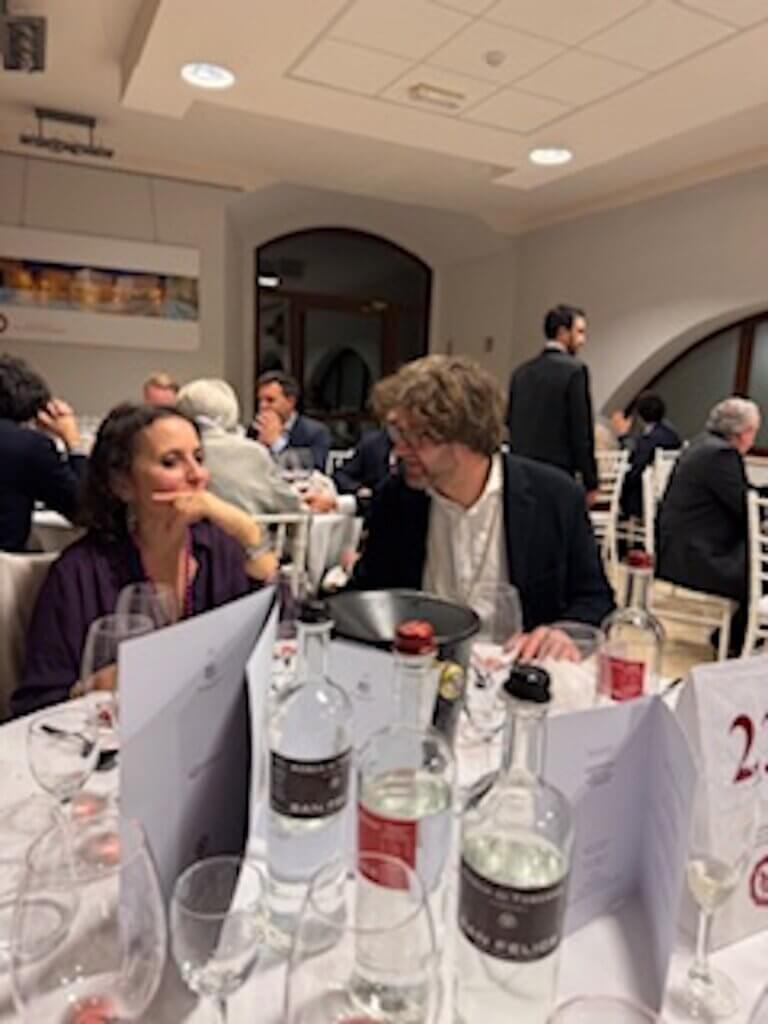
Gala Dinner with Michelin-Starred Chef Mirko Marcelli
That evening, we attended a Gala Dinner featuring Michelin-starred Chef Mirko Marcelli of Osmosi Restaurant. The setting, the flavors, and the expertly paired wines made for an unforgettable culinary experience.
The highlight of the evening was speaking with Eduardo Mottini Jacorossi, whose family owns Talosa Winery, one of the respected estates in Montepulciano. Eduardo’s deep passion for his winery and the region’s wines was evident as he spoke about their history, philosophy, and approach to winemaking.
The evening further underscored the sense of community and collaboration among Montepulciano’s wine producers—united by a shared mission to elevate their wines on the global stage.
Tasting the Future: The Pieve Wines
The following day, we engaged in a special tasting of Pieve wines, an exciting new classification proposed for Vino Nobile di Montepulciano.
The Pieve designation focuses on smaller, well-defined vineyard areas that showcase unique terroirs. Unlike the broader Denominazione di Origine Controllata e Garantita (DOCG)classification, Pieve wines aim to express micro-regional differences, much like the “cru” system in France.
By emphasizing the nuances of soil, climate, and altitude, Pieve wines promise to add greater depth and character to Montepulciano’s offerings. Through this tasting, we experienced what could be the next evolution of Vino Nobile—structured, expressive wines that tell a story through terroir.
Winery Visits – A Reunion at Carpineto
In the afternoon, we had the opportunity to visit several wineries, gaining further insight into Montepulciano’s diverse winemaking philosophies.
One of my personal highlights was returning to Carpineto Winery, where I was warmly welcomed by Anton’s mother. She graciously hosted a buffet lunch for visiting journalists, offering us the chance to taste their latest wines while taking in the stunning views of their estate.
Carpineto is well known for its dedication to sustainable viticulture, and during our visit, we discussed their commitment to preserving biodiversity while maintaining the highest standards in winemaking.
This winery visit was not just about tasting wine—it was about understanding the people behind each bottle and the devotion they bring to their craft.
Final Thoughts
As my time in Montepulciano came to an end, I couldn’t help but reflect on how extraordinary this experience had been.
This journey wasn’t merely about exploring great wines—it was about meeting the passionate producers behind them, indulging in unforgettable culinary experiences, and witnessing the next chapter of Montepulciano’s winemaking revolution through the Pieve classification.

